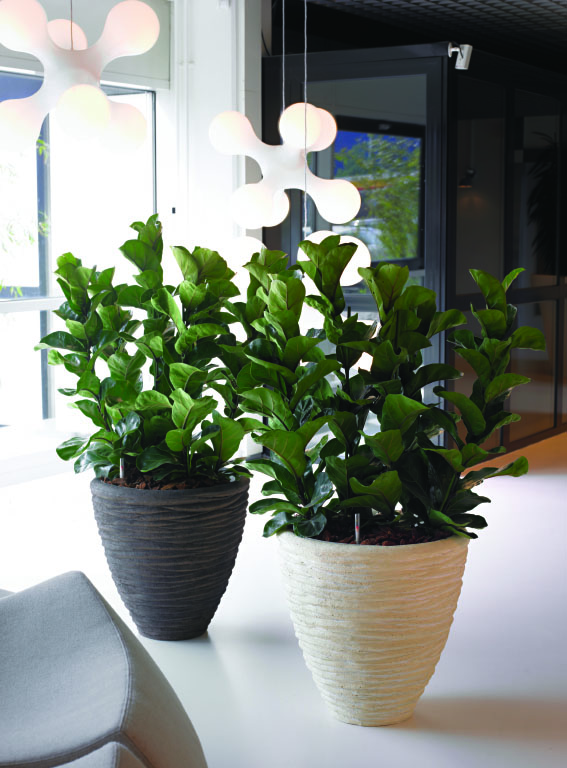
£400+ figs? Succulents as nail art? Hygge planting? Plants are definitely having a fashion moment
-
14 November 2016
A friend recently forwarded me an interesting article by an interiors blogger who had balked at the price of a fiddle leaf fig in her local (London) florist. Apparently, these large-leafed beauties are going for £450 in certain shops at the moment, thanks to their presence in couture house Celine’s stores.
To be honest, you can get a Ficus Lyrata, as it is also known, for much less elsewhere (i.e. away from the more fashionable parts of London), but it’s interesting that people are still willing to pay that much for a plant in certain places.
I looked into it and, indeed, the fiddle leaf fig has certainly been enjoying a moment in the limelight. It is a beautiful plant, and can either blend into a room’s decor or stand tall and leafy on its own, making a bold statement, perfect for the style-conscious.

However, fashion moves on, and now apparently, all sorts of indoor plants are de rigeur, except the fashion world prefers the term ‘botanicals’, as opposed to the less exciting ‘plants’. I recently wrote a blog about how house plants are becoming increasingly popular thanks in large part to the diminishing amount of private outside space we now have, and it seems this need for indoor greenery has become a style statement.
According to those in the know, cacti are currently particularly popular, and great for the time-pressed and short-of space, thanks to their resilience and often diminutive sizes. Likewise, the growing trend for terrariums speaks to urban dwellers with little space for plants. Their architectural glass frames also give them an ornamental feel too. Even interior decor is celebrating ‘botanical’ hues at the moment, with deep, natural colours adorning the walls of all the best homes.

Then there is the latest craze for the Danish and Norwegian concept of ‘hygge’, a way of living which embraces feelings of cosiness, safety and comfort.
With a report this summer finding UK offices to be the coldest and ugliest in the world, a recent article by Real Business and interior landscapers Ambius looked into whether this Scandinavian philosophy could be used to improve our workplaces through the use of office plants. The fact that plants and living walls can soften noise, enhance moods and boost health and wellbeing would all seem to tie in with the concept of ‘hygge’.
More than that, the right planting can instantly make a workplace look and feel more welcoming, while our stress levels have been proven to fall as we look upon plants, so why wouldn’t they play a role in a ‘hyggeligt’ workplace?
All this is great news for those of us in the industry, especially as more and more interiors writers aren’t just focussing on the visual appeal of plants, but are also promoting the many health benefits of having live plants indoors (see more on this here), so it seems this fashion for plants, sorry ‘botanicals’, could be more than a passing trend.
This trend for more plants in the home is truly heartening, but I never would have predicted another plant-based fashion doing the rounds at the moment. Apparently, an Australian artist called Roz Borg has developed a technique where tiny succulents can not only be stuck to fingernails, but can also live on them. Then, once the nail adhesive wears off, the succulents can be removed and planted and will continue to thrive.

I can’t imagine this idea taking off beyond a fashion shoot; for starters, you couldn’t really reach into a bag, or do the washing up with plants on your nails in reality, surely?
Thanks goodness the other current planting trends also have a practical element to them. Figs, cacti and terrariums may currently be riding a fashion wave at the moment, but indoor planting really is a style and wellbeing solution for life, so there’s no reason why they shouldn’t always be in vogue.